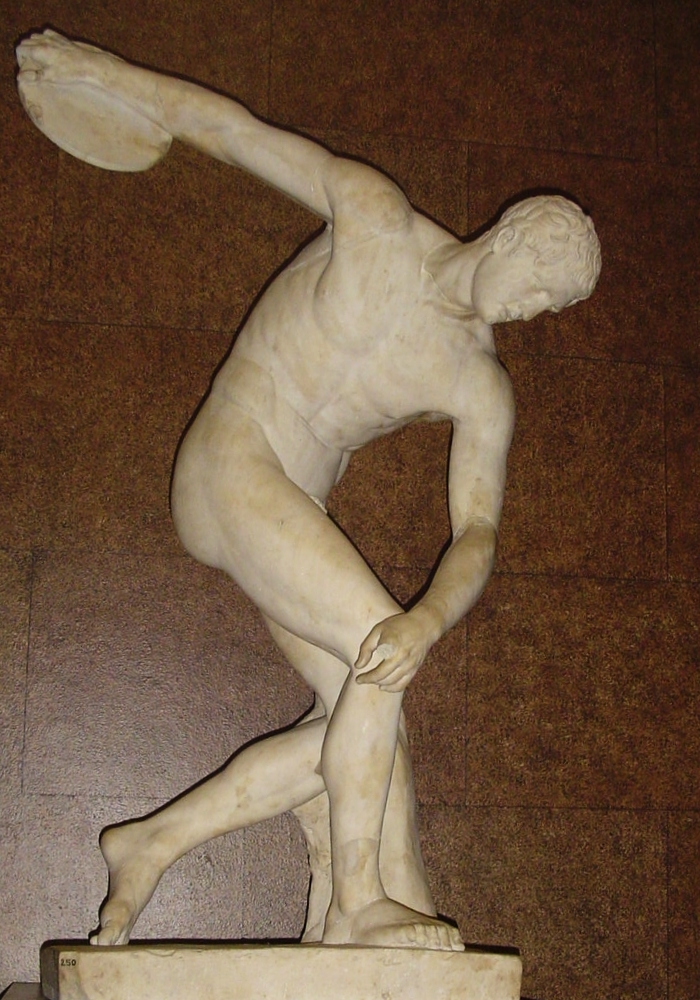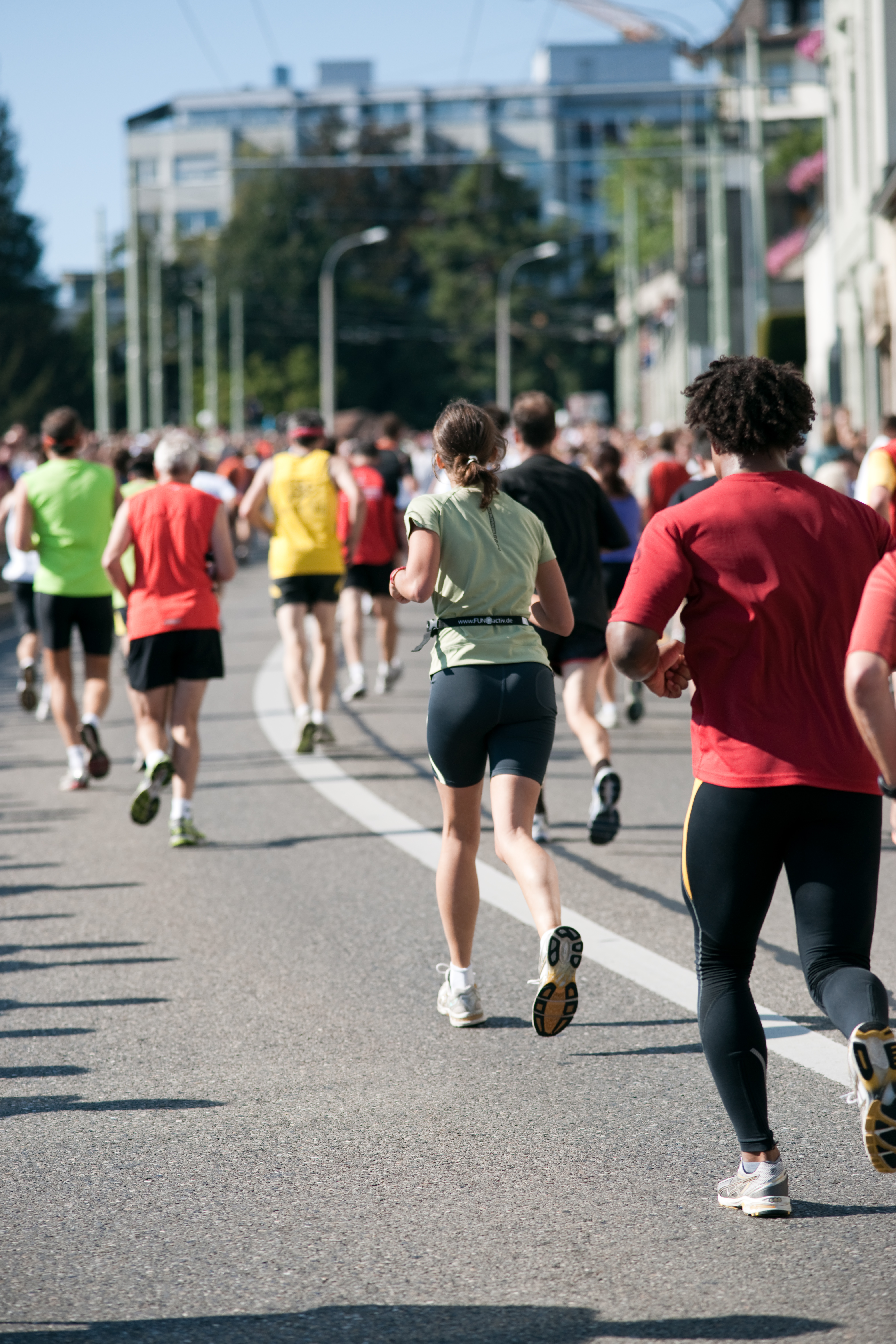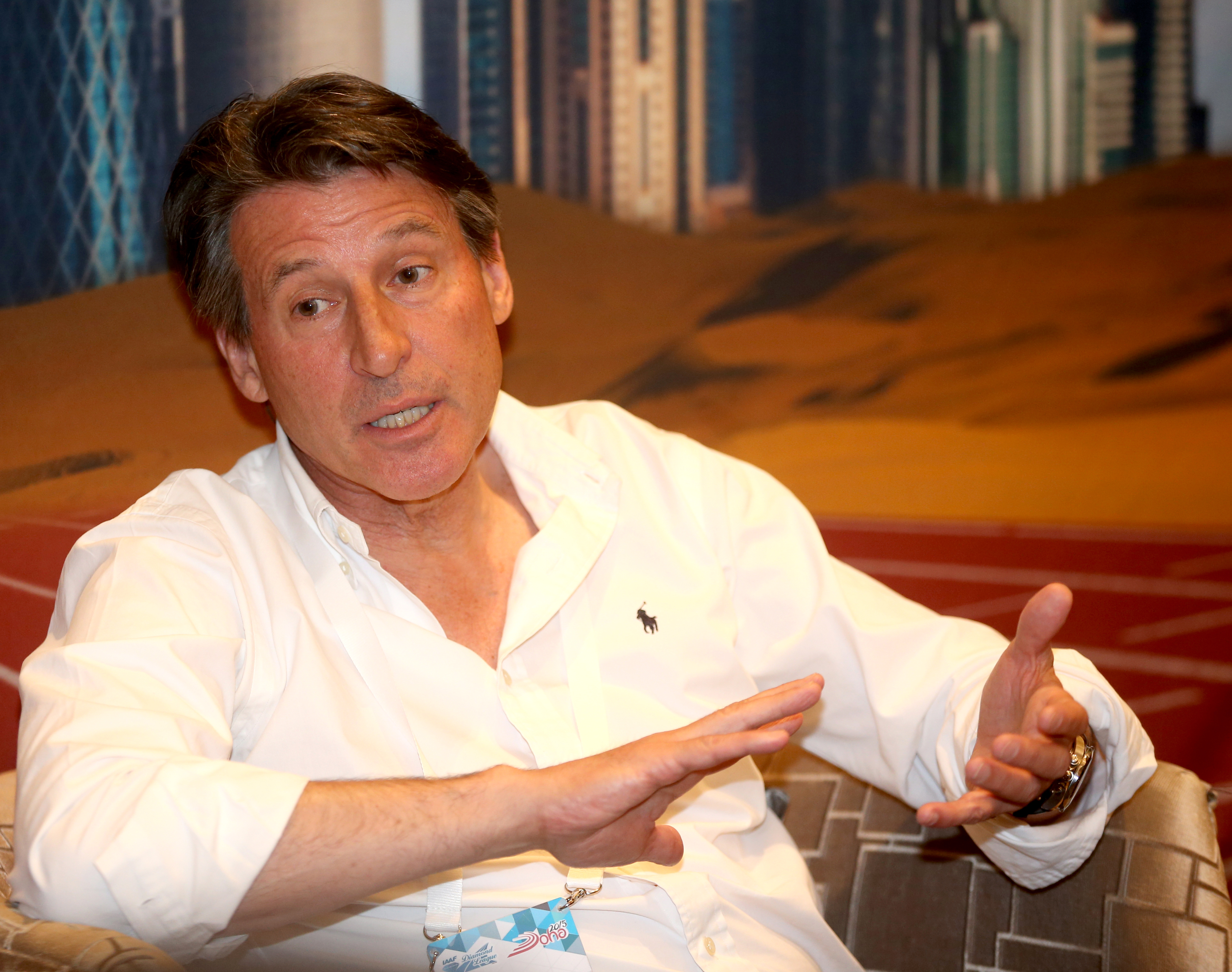|
Fita Bayisa
Fita Bayisa (Amharic: ፊጣ ባይሳ; born December 15, 1972 in Ambo, Oromia) is an Ethiopian long-distance runner, most known for winning a bronze medal on the 5000 metres at the 1992 Summer Olympics. A year before he had won a silver medal at the World Championships in Tokyo. Before the Olympic Games in Barcelona, Bayisa had emerged as the favourite for 10,000 metres, as he had defeated a world-class field at the Bislett Games in Oslo in a time of 27:14.26 min. However, he failed to make an impact on the 10,000 m final, which was won by Khalid Skah. Among his other achievements, he was the winner of the 1999 Belgrade Race Through History. He beat Paul Tergat by a second in the unusual race across Belgrade's city fortress.Butcher, Pat (1999-10-13)Fita Bayissa wins Belgrade Race Through History IAAF World Athletics, formerly known as the International Amateur Athletic Federation (from 1912 to 2001) and International Association of Athletics Federations (from 2001 to 20 ... [...More Info...] [...Related Items...] OR: [Wikipedia] [Google] [Baidu] |
Athletics (sport)
Athletics is a group of sporting events that involves competitive running, jumping, throwing, and walking. The most common types of athletics competitions are track and field, road running, cross country running, and racewalking. The results of racing events are decided by finishing position (or time, where measured), while the jumps and throws are won by the athlete that achieves the highest or furthest measurement from a series of attempts. The simplicity of the competitions, and the lack of a need for expensive equipment, makes athletics one of the most common types of sports in the world. Athletics is mostly an individual sport, with the exception of relay races and competitions which combine athletes' performances for a team score, such as cross country. Organized athletics are traced back to the Ancient Olympic Games from 776 BC. The rules and format of the modern events in athletics were defined in Western Europe and North America in the 19th and early 20th century, an ... [...More Info...] [...Related Items...] OR: [Wikipedia] [Google] [Baidu] |
Long-distance Track Event
Long-distance running, or endurance running, is a form of continuous running over distances of at least . Physiologically, it is largely aerobic in nature and requires stamina as well as mental strength. Within endurance running comes two different types of respiration. The more prominent side that runners experience more frequently is aerobic respiration. This occurs when oxygen is present, and the body is able to utilize oxygen to help generate energy and muscle activity. On the other side, anaerobic respiration occurs when the body is deprived of oxygen, and this is common towards the final stretch of races when there is a drive to speed up to a greater intensity. Overall, both types of respiration are used by endurance runners quite often, but are very different from each other. Among mammals, humans are well adapted for running significant distances, and particularly so among primates. The capacity for endurance running is also found in migratory ungulates and a l ... [...More Info...] [...Related Items...] OR: [Wikipedia] [Google] [Baidu] |
Plovdiv
Plovdiv ( bg, Пловдив, ), is the second-largest city in Bulgaria, standing on the banks of the Maritsa river in the historical region of Thrace. It has a population of 346,893 and 675,000 in the greater metropolitan area. Plovdiv is the cultural capital of Bulgaria and was the European Capital of Culture in 2019. It is an important economic, transport, cultural, and educational center. Plovdiv joined the UNESCO Global Network of Learning Cities in 2016. Plovdiv is situated in a fertile region of south-central Bulgaria on the two banks of the Maritsa River. The city has historically developed on seven syenite hills, some of which are high. Because of these hills, Plovdiv is often referred to in Bulgaria as "The City of the Seven Hills". There is evidence of habitation in the area dating back to the 6th millennium BCE, when the first Neolithic settlements were established. The city was subsequently a local Thracians, Thracian settlement, later being conquered and ruled also ... [...More Info...] [...Related Items...] OR: [Wikipedia] [Google] [Baidu] |
IAAF
World Athletics, formerly known as the International Amateur Athletic Federation (from 1912 to 2001) and International Association of Athletics Federations (from 2001 to 2019, both abbreviated as the IAAF) is the international governing body for the sport of athletics, covering track and field, cross country running, road running, race walking, mountain running, and ultra running. Included in its charge are the standardization of rules and regulations for the sports, certification of athletic facilities, recognition and management of world records, and the organisation and sanctioning of athletics competitions, including the World Athletics Championships. The organisation's president is Sebastian Coe of the United Kingdom, who was elected in 2015 and re-elected unopposed in 2019 for a further four years. World Athletics suspended the Russian Athletics Federation (RusAF) from World Athletics starting in 2015, for eight years, due to doping violations, making it ineligible to hos ... [...More Info...] [...Related Items...] OR: [Wikipedia] [Google] [Baidu] |
Belgrade
Belgrade ( , ;, ; Names of European cities in different languages: B, names in other languages) is the Capital city, capital and List of cities in Serbia, largest city in Serbia. It is located at the confluence of the Sava and Danube rivers and the crossroads of the Pannonian Basin, Pannonian Plain and the Balkan Peninsula. Nearly 1,166,763 million people live within the administrative limits of the City of Belgrade. It is the third largest of all List of cities and towns on Danube river, cities on the Danube river. Belgrade is one of the List of oldest continuously inhabited cities, oldest continuously inhabited cities in Europe and the world. One of the most important prehistoric cultures of Europe, the Vinča culture, evolved within the Belgrade area in the 6th millennium BC. In antiquity, Thracians, Thraco-Dacians inhabited the region and, after 279 BC, Celts settled the city, naming it ''Singidunum, Singidūn''. It was Roman Serbia, conquered by the Romans under the reign ... [...More Info...] [...Related Items...] OR: [Wikipedia] [Google] [Baidu] |
Paul Tergat
Paul Kibii Tergat (born 17 June 1969) is a Kenyan former professional long distance runner. He became the first Kenyan man to set the world record in the marathon in 2003, with a time of 2:04:55, and is regarded as one of the most accomplished long-distance runners of all time. Runnerworld called him the "Most comprehensive runner of all time". Towards the end of his career he concentrated exclusively on the marathon. Tergat set several world records and won many titles on the track, in cross country, and on the road. He lives and trains in Eldoret. Early life Paul Tergat was born on 17 June 1969 in Riwo, Baringo District, in Kenya's Rift Valley Province. He attended Riwo Primary school and later joined Kapkawa Boys High School. Unlike many athletes, Tergat realised his talent after graduating high school. Career Tergat won five straight IAAF World Cross Country Championships titles, 1995 to 1999, which was a record. Says Tergat, "Cross country is what I always liked most ... [...More Info...] [...Related Items...] OR: [Wikipedia] [Google] [Baidu] |
Khalid Skah
Khalid Skah ( ar, خالد سكاح) (born 29 January 1967) is a Moroccan track and field athlete, winner of the 10,000 metres at the 1992 Summer Olympics. Born in Midelt, Morocco, Skah established himself first as a good cross country runner by winning the IAAF World Cross Country Championships in 1990 and 1991. Racing career 1991 World Championships His first major tournament on track was 1991 World Championships where he at first won a bronze in 10,000 m and then finished sixth at the 5000 m run. This was a disappointing outcome for Skah as, earlier in the season, he had won the 10000 m race in Oslo against a very strong field and had emerged as one of the favourites for the finals in Tokyo. However, for the 10 000 m final Richard Chelimo and the eventual world champion, Moses Tanui (both of Kenya), employed some very elaborate tactics and worked as a team. By the time of the 5000 m final Skah was probably tired. Yobes Ondieki of Kenya, who won the gold medal in the 5000 m, ... [...More Info...] [...Related Items...] OR: [Wikipedia] [Google] [Baidu] |
Oslo
Oslo ( , , or ; sma, Oslove) is the capital and most populous city of Norway. It constitutes both a county and a municipality. The municipality of Oslo had a population of in 2022, while the city's greater urban area had a population of in 2019, and the metropolitan area had an estimated population of in 2021. During the Viking Age the area was part of Viken. Oslo was founded as a city at the end of the Viking Age in 1040 under the name Ánslo, and established as a ''kaupstad'' or trading place in 1048 by Harald Hardrada. The city was elevated to a bishopric in 1070 and a capital under Haakon V of Norway around 1300. Personal unions with Denmark from 1397 to 1523 and again from 1536 to 1814 reduced its influence. After being destroyed by a fire in 1624, during the reign of King Christian IV, a new city was built closer to Akershus Fortress and named Christiania in honour of the king. It became a municipality ('' formannskapsdistrikt'') on 1 January 1838. The city fu ... [...More Info...] [...Related Items...] OR: [Wikipedia] [Google] [Baidu] |
Bislett Games
The Bislett Games is an annual track and field meeting at the Bislett Stadium in Oslo, Norway. Previously one of the IAAF Golden League events, it is now part of the Diamond League. History The first international athletics meeting at Bislett was held in 1924. Until 1937 the competitions are known as "The American Meetings". Different organizers staged the meetings between 1947 and 1965 until the three athletics associations BUL, Vidar and Tjalve formed the Bislett Alliance. At this year Arne Haukvik founded the Bislett Games. He was a former politician and director of the meeting, who used to invite the athletes, sponsors and the press to his home for his traditional "strawberry party" the day before the event each year. He died of cancer in 2002 at age 76. The tradition however is continued. Bislett Stadium was used for speed skating events at the Olympics, but nowadays it is better known for its Bislett Games athletics meeting. Bislett Games attract the best track and fie ... [...More Info...] [...Related Items...] OR: [Wikipedia] [Google] [Baidu] |
10,000 Metres
The 10,000 metres or the 10,000-metre run is a common long-distance track running event. The event is part of the athletics programme at the Olympic Games and the World Athletics Championships, and is common at championship level events. The race consists of 25 laps around an Olympic-sized track. It is less commonly held at track and field meetings, due to its duration. The 10,000-metre track race is usually distinguished from its road running counterpart, the 10K run, by its reference to the distance in metres rather than kilometres. The 10,000 metres is the longest standard track event, approximately equivalent to or . Most of those running such races also compete in road races and cross country events. Added to the Olympic programme in 1912, athletes from Finland, nicknamed the "Flying Finns", dominated the event until the late 1940s. In the 1960s, African runners began to come to the fore. In 1988, the women's competition debuted in the Olympic Games. Official records ar ... [...More Info...] [...Related Items...] OR: [Wikipedia] [Google] [Baidu] |
Silver Medal
A silver medal in sports and other similar areas involving competition is a medal made of, or plated with, silver awarded to the second-place finisher, or runner-up, of contests or competitions such as the Olympic Games, Commonwealth Games, etc. The outright winner receives a gold medal and the third place a bronze medal. More generally, silver is traditionally a metal sometimes used for all types of high-quality medals, including artistic ones. Sports Olympic Games During the first Olympic event in 1896, number one achievers or winners' medals were in fact made of silver metal. The custom of gold-silver- bronze for the first three places dates from the 1904 games and has been copied for many other sporting events. Minting the medals is the responsibility of the host city. From 1928 to 1968 the design was always the same: the obverse showed a generic design by Florentine artist Giuseppe Cassioli with text giving the host city; the reverse showed another generic design ... [...More Info...] [...Related Items...] OR: [Wikipedia] [Google] [Baidu] |




.jpg)




